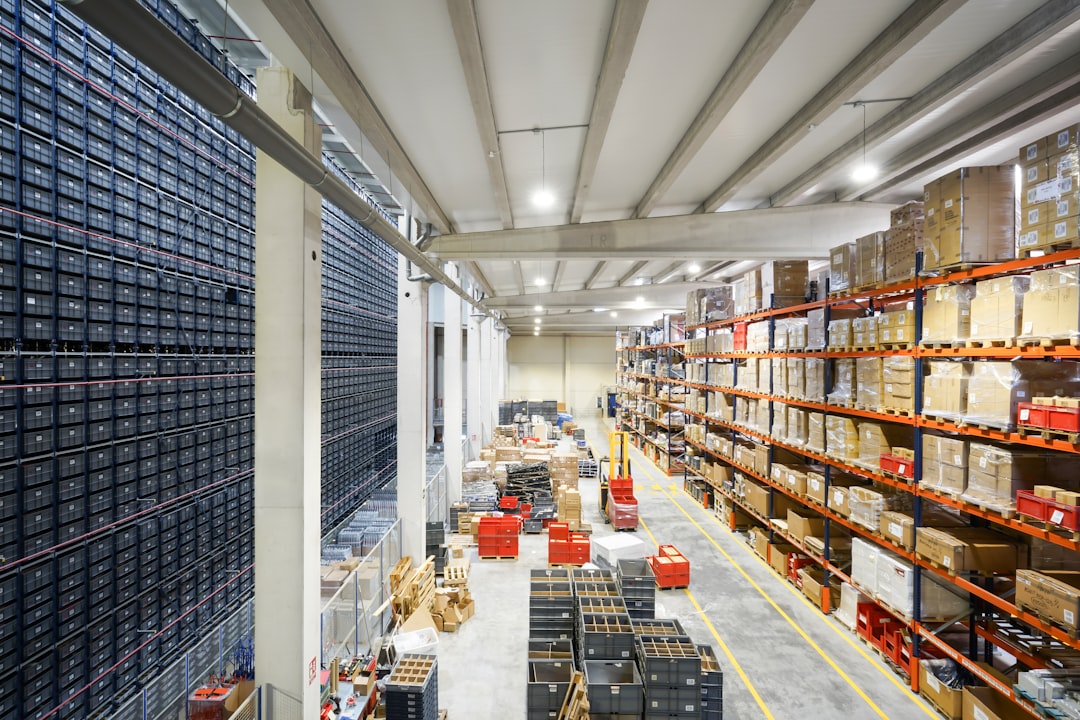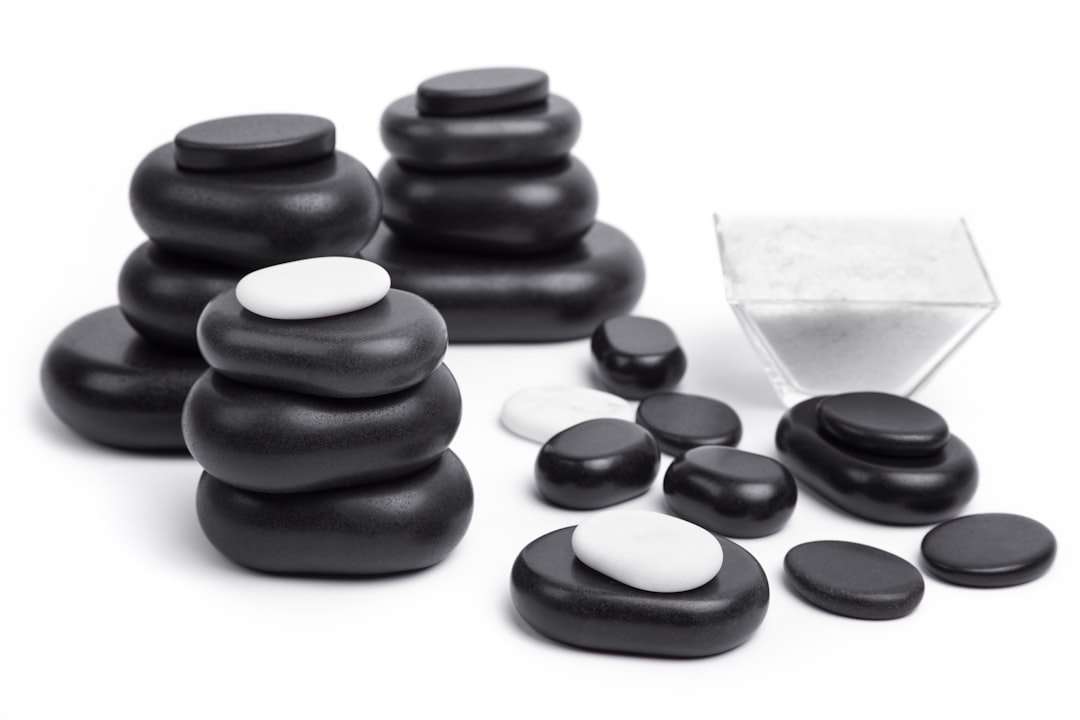Nitrile (Buna-N) O-Rings
NBR O-Rings | Oil & Fuel Resistant Nitrile Seals
NBR (Nitrile Butadiene Rubber) O-rings are the default oil resistant o-rings and fuel resistant o-rings for petroleum-based fluids. As nitrile o-rings / NBR o-rings, they balance cost, mechanical strength, and compression set. Typical window: -40°C to +120°C; ideal hydraulic o-rings for fuel, lube, and general industrial sealing.
On this page
- What is an NBR O-ring?
- Composition & Properties
- Temperature Range
- Chemical Compatibility
- Advantages
- Applications
- Size Coverage (AS568 / Metric)
- Ordering & Traceability
- FAQs
- Installation & Selection Tips
- Inventory & Batch Strategy
- Online Matching Workflow
- Packaging & Shipment Evidence
- Maintenance Planning & Examples



What is an NBR O-ring?
NBR (Nitrile Butadiene Rubber) is a copolymer of butadiene and acrylonitrile. Adjusting ACN content (18–50%) balances fuel/oil resistance and low-temp flexibility. Sulfur-cured nitrile o-rings deliver strong oil/fuel resistance, reliable mechanical strength, and low compression set at an economical price point—classic oil resistant o-rings.
With a -40°C to +120°C window, NBR o-rings are the go-to fuel resistant o-rings for petroleum-based fluids. Versus FKM, NBR is more cost-effective and better at low temp; versus EPDM, NBR excels in oils/fuels but is weaker against steam and ozone.
Composition & Properties
Cure systems (sulfur vs. peroxide) impact heat resistance and compression set. For high-pressure hydraulics, 80–90A nitrile plus backup rings helps prevent extrusion while keeping manageable compression; color/ID/CS tolerance tuning keeps hydraulic o-rings consistent.
- Hardness: 40–95 Shore A; common 70/80/90A for various pressures and fits.
- Mechanical: tensile 1500–3000 psi, elongation 300–600%, compression set 15–25% (70h@212°F).
- ACN tuning: higher ACN improves oil/fuel resistance; lower ACN improves low-temp flexibility.
- Versus FKM: NBR wins on cost/low temp; FKM/FFKM win on steam and aggressive chemicals.
Temperature Range
In intermittent high temp, manage compression ratios and monitor set. In low-temp dynamic seals, softer nitrile o-rings plus lubrication reduce insertion damage and startup friction.
- Continuous: -40°C to +120°C (short-term to +135°C).
- Low-temp: low-ACN compounds improve flexibility for cold climate and refrigeration.
- Not recommended: steam/overheated water—use EPDM/steam-grade FKM/FFKM instead.
Chemical Compatibility
For emulsified fluids or additive-heavy hydraulic oils, share the MSDS to confirm compatibility. Aromatics or chlorinated solvents will cause nitrile o-rings to swell and fail quickly—switch to FKM/FFKM for those media.
- Good for: petroleum oils, fuels, hydraulic fluids, lubricants, aliphatic hydrocarbons, some silicone oils, dilute acids.
- Avoid: aromatic hydrocarbons, chlorinated solvents, ketones, esters, ozone/UV, HFD fluids.
- Chlorinated/ozone exposure: choose EPDM/FFKM if ozone/UV or high chlorine is present.
Advantages
Nitrile balances affordability and reliability, ideal for large maintenance programs and OEM spares. Batch labels, photos, and color-coding simplify warehousing and reduce mix-up risk.
- Best-value O-ring for oil/fuel/hydraulic service with broad size availability.
- Low compression set and dependable mechanical strength for industrial fits.
- Color/hardness options (black/brown/blue/green) for batch ID and traceability.
- Pair with backup rings/fabric elements for higher pressure or rotary support; keep oil resistant o-rings consistent across batches.
Applications
For outdoor or ozone exposure, consider EPDM/FFKM. For steam/sterilization, switch to steam-grade EPDM/FFKM. For high-pressure oil circuits, combine nitrile with backup rings and controlled extrusion gaps.
- Hydraulic/pneumatic seals: cylinders, manifolds, fittings, axial/radial static or light dynamic service.
- Automotive/oil & gas: injectors, fuel lines, valves/pumps, quick couplers, auxiliary seals where fuel resistant o-rings are required.
- Cooling/lube systems: compressors, lube circuits, filters, heat exchangers, fittings using nitrile o-rings.
- HVAC/water treatment: valves and piping (mind chlorine/ozone limits for longevity).
Size Coverage (AS568 / Metric)
Spliced or molded large rings can be supplied for oversized static seals. For dynamic grooves, we advise on compression, extrusion gap, and surface finish to extend service life.
- AS568 dash sizes 000–475 covered; common 70/90A stocked with batch labels.
- Metric or large-diameter/custom profiles available; tuned ID/CS tolerances and color coding.
- Compression guidance for static/dynamic, axial/radial fits available on request.
Ordering & Traceability
- Mixed MOQ 1 across AS568 and metric O-rings with traceable batch labels.
- Packing photos/barcodes provided; submit size tables to lock batches and ship dates.
- For chemical/alternative guidance, share media/temperature/pressure/motion; engineers reply within 24h.
- FDA/NSF grades available on request with lead-time confirmation.
FAQs
- NBR vs FKM: choose NBR for cost and oil/fuel; choose FKM/FFKM for steam or harsh chemicals.
- Outdoor/ozone? NBR is ozone-sensitive; use EPDM/FFKM for long outdoor exposure.
- Steam service? Avoid nitrile; use EPDM or steam-rated FKM/FFKM.
- Food/NSF? Dedicated compounds available—confirm color, hardness, and lead time.
- Custom colors/hardness? Yes, per batch for warehouse/compliance differentiation.
Installation & Selection Tips
- Compression: static 15–25%, dynamic 10–20%; add chamfers and lubrication to prevent nicks.
- High-pressure oil: pair with backup rings, control extrusion gaps; color-code batches to avoid mix-up.
- Storage: avoid ozone/UV/heat; keep sealed bags, FIFO to preserve elasticity.
- Groove finish: aim for Ra 0.8–1.6 μm to prevent surface damage to the O-ring.
Inventory & Batch Strategy
Each AS568 dash number is tied to the 430M+ inventory with 70A/80A/90A and multiple colors ready to go. Paste your Excel list and we immediately show which lots can leave today versus items that need a short molding cycle.
Low MOQs mean you can mix sizes in a single carton—even add PTFE backup rings or metric rings. Every kit carries material code, hardness, cross-section, and timestamp labels so warehousing stays orderly.
- Live dashboard segmented by hydraulic, mobile, compressor, and food equipment demand—complete with quantity and turnover notes.
- Dash-to-groove mapping flags requests that need backup rings, lubrication tweaks, or compression changes so engineers return detailed notes, not generic advice.
- Repeat orders can cite last year’s packaging photos, tracking IDs, and hardness data to guarantee color and tolerance consistency.
Online Matching Workflow
Step 1: paste IDs, ODs, CS, media, temperature, pressure, and application notes into the form (or upload Excel). The backend tags every dash and metric size automatically.
Step 2: engineers validate grooves, squeeze, and materials within 1–3 business days. Two kit options (available stock plus alternate) are common, each with calculator screenshots.
Step 3: once approved we pick, photograph, label, and share the tracking ID. Maintenance, sourcing, and QA review the same record so no one hunts through inboxes.
- Every submission has a unique ID for follow-up; tiny orders are welcome.
- Add comments like “color split”, “include backups”, or “send packing photos”—we confirm before sealing cartons.
- If media or temperature is uncertain, flag it; we send comparison tables so you can pick the safest nitrile blend or alternate material.
Packaging & Shipment Evidence
NBR kits ship in sealed bags and reinforced cartons with optional vacuum/dessicant setups. Labels spell out material, hardness, size, and batch timestamps for audits.
We photograph the internal layout, barcodes, and sealed cartons before departing. Those images stay attached to this page for QA sign-off.
- Accessories like PTFE backups, lubricant, and measurement cards ride in the same box with matching counts on the packing slip.
- International shipments include HS codes, weights, and material descriptions; paper size charts can go inside if requested.
- Large-diameter rings can ship in layered trays or rigid sleeves so they do not distort during long storage periods.
Maintenance Planning & Examples
Hydraulic fleets and mobile rebuilders usually refresh quarterly; we archive color variants, batch photos, and pick records so crews recognize the kits immediately.
Cold chain, compressor, and standby power teams run “gate” kits containing fuel/lube nitrile rings plus 90A backups, keeping outage windows short.
For multinational programs we split a single lot into destination-labeled cartons so each regional warehouse stocks identical kits without confusion.
- Each shipment logs groove targets, lubrication preferences, and inspection tips so field techs know what to verify next time.
- Need refresher material? We attach installation checklists, groove summaries, and photo references directly to the record.
- Site feedback and images can be uploaded back into the same entry, building a closed-loop audit trail for future work.